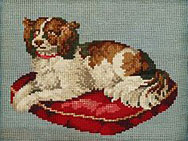Kwikso
Patent/design registration not found
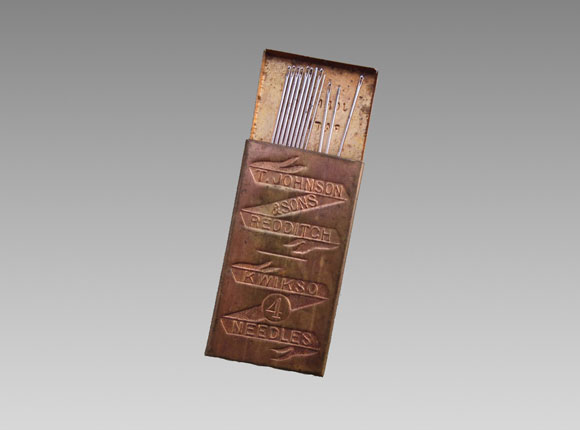
Needle Case front (photograpys from eBay)
Design Details
Needle Case Type: |
Flat-Names |
Patent/Registered to: |
Unknown |
Patent/Design Representation #: |
Unknown |
Patent/Design Registration Date: |
Unknown |
Location of Patent/Design Registration: |
Unknown |
Reference #: |
Unknown |
Dimensions: |
2.3 x 4.5 |
Material: |
Brass |
Name Variations: |
T. Johnson & Son - Redditch |
Other Variations: |
a) Abel Morrall
b) La Belle |
Additional Photographs
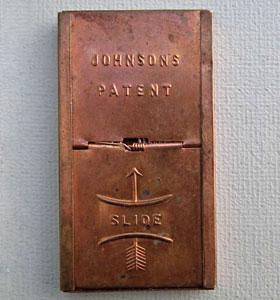
Back
Facts
Kwikso is an unusual word that one doesn’t find in the English or foreign language dictionaries. What could it possibly mean? The
only place it appears is on the needle case pictured on this page which includes “T. Johnson & Sons, Redditch – Kwikso 4 Needles”. We know
T. Johnson & Sons was a needle manufacturer from the Redditch area during the Victorian Period when needles were sold in different sizes, number
4 being one of those. It seems most likely that Kwikso was an abbreviation created based on phonics to represent the words “quick sew” an
indication that the needles in this needle case allowed one to sew something quickly!
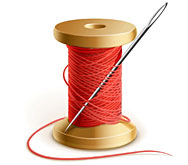
History
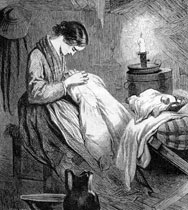
Sewing was done by hand for thousands of years. Every family needed clothing and since women were the ones who performed this task they
taught their daughters and granddaughters as young girls how to make and mend various items of clothing. Often this work was done by candle
light at night as seen in the drawing above since most women had other chores to do during the day. Of course the nobility and aristocracy
hired some of these same women to tend to their clothing. Things changed dramatically starting with the Industrial Revolving when mills and
factories took over the production of textiles which were earlier made at home as well. By the mid to late 19th century the sewing machine was
invented and ready-made clothing started to become available for the emerging middle class. Although woman continued to sew with these new
machines like the one pictured below, most middle class women turned their attention to embroidery.
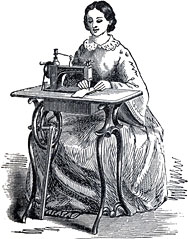
Miscellaneous
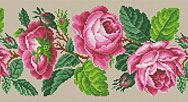
Berlin Work is a type of embroidery similar to needlepoint that uses brightly colored wool yarn on canvas. It originated in Berlin, Germany
in the early 19th century. Early Berlin Work patterns were printed on paper with color and grid lines similar to modern cross-stitch patterns
which made it easier for the embroiderer to follow the graph by counting lines, squares and stitches on a blank canvas. One reason it become so
popular during the Victorian period was this was the first time in history that there was a large group of middle class women who had leisure time
to devote to needlework. In addition, social constraints prevented these same woman from pursuing other interests outside the home. As
a result, their homes were filled with embroidered furniture covers, pillows and numerous other items like the ones pictured here.
